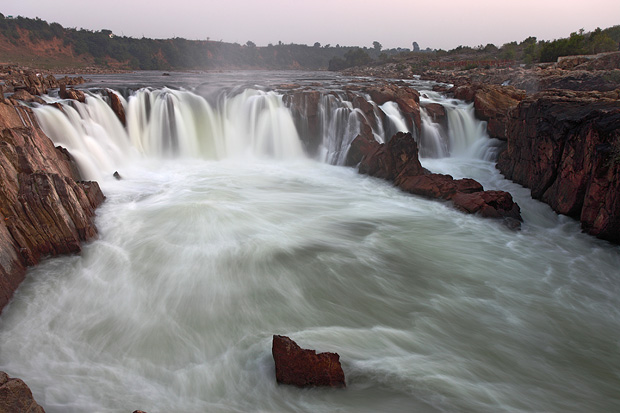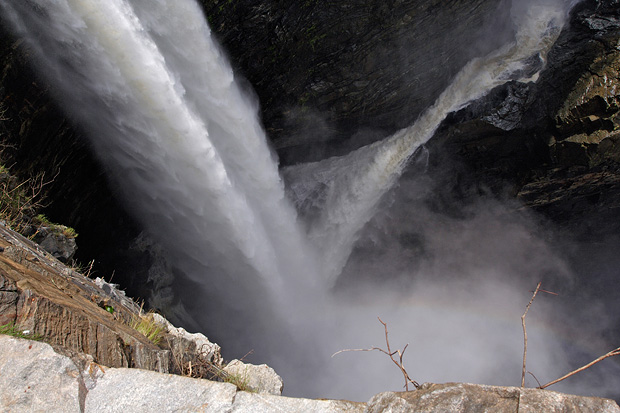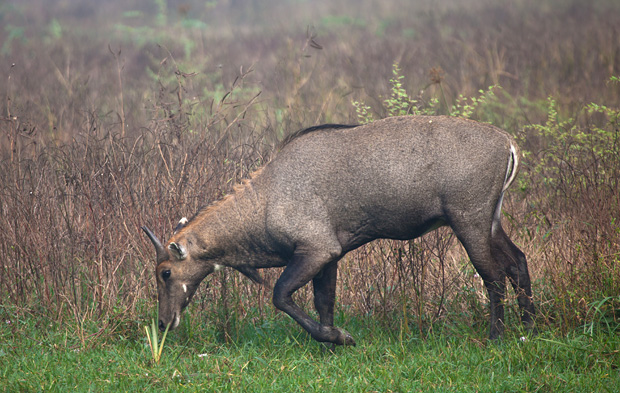Announcing: Wild West – Bird Photography Tour of Kutch
After our hugely successful tour of Daroji Bear Sanctuary and Hampi, Darter is excited to announce its second tour, this time to the Western-most wilderness of India – Kutch. Little Rann of Kutch and Greater Rann of Kutch play host to some of the most beautiful and sought-after birds in the country. Darter, created by me and Shreeram ,specializes in photography tours across the country with a wide focus area such as wildlife, nature and landscape, culture, heritage sites and street life.
Wild West – Bird Photography Tour of Kutch by Darter February 5th to 9th and February 9th to 13th
Images of Kutch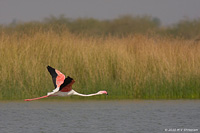 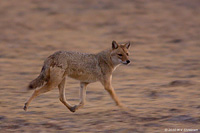 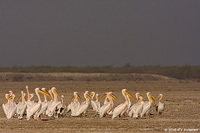 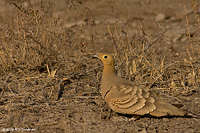 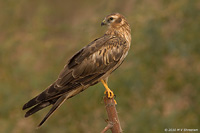 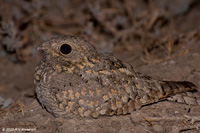 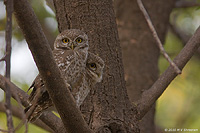 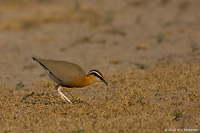 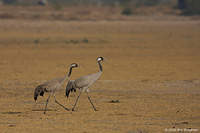 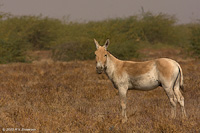 |
From the pink hues of the Greater and Lesser Flamingos to the mighty eagles to the huge flocks of Common and Damoiselle Cranes to the ever-active warblers, the Rann of Kutch offers ample bird photography opportunities across various habitats. Many species of birds migrating from Europe and Central Asia make this beautiful place their home during the winter months. In addition, rare birds like Great Indian Bustards, Sociable Lapwings, Greater Hoopoe-lark, Macqueen’s Bustards, Marshall’s Ioras, Stoliczka’s Bushchats, White-naped Tits and Grey Hypocolius that are seen here are rich additions to any bird photographer’s portfolio. Not to forget Short-eared Owls and Pallid Scops-owls. Of course, the birds of the night, the Syke’s Nightjars, are not left far behind.
The Little Rann of Kutch also has another beautiful animal to offer – the Asiatic Wild Ass – found nowhere else in the entire world. Blackbucks, Nilgai, Desert and Indian Foxes and Jackals are other common mammals in these areas. On a lucky day, one might also see an Indian Wolf or, who knows, a Caracal too!
Please don’t hesitate to contact us if you are a birder and not a photographer. This extensive trip, covering most of the areas in both LRK and GRK, will keep you enthralled from start to finish.
Tour Itinerary
The Wild West Tour of Kutch will cover both Little Rann of Kutch and Greater Rann of Kutch from February 5 to February 13, 2011. Optionally, participants can join in for either the Little Rann of Kutch (Tour 1) or Greater Rann of Kutch (Tour 2). The detailed itinerary is as follows:
Tour 1 – Little Rann of Kutch
* Day 1 (Feb 5): Arrive in Little Rann of Kutch. After lunch, we head out to the Little Rann for bird photography.
* Day 2 to 4 (Feb 6 – 8): Bird photography in different areas of Little Rann. We’ll cover the grasslands, scrub, agricultural fields, water bodies and the open Rann looking for species of birds that occur in different habitats. We’ll also try to photograph the rarities of this region, including Asiatic Wild Ass, Greater Hoopoe-Lark, Sociable Lapwings, Macqueen’s Bustard, Cream-colored Coursers and Pallid Scops-Owl, in addition to Dalmatian Pelicans, Great White Pelicans, Common Cranes, Damoiselle Cranes, Short-eared Owls and Harriers. On a night safari, we’ll experience the stillness of the Rann and photograph the Syke’s Nightjar.
* Day 5 (Feb 9): Tour 1 ends. Participants head back home after breakfast. Participants of the complete Wild West tour head to Greater Rann of Kutch after breakfast.
Tour 2 – Greater Rann of Kutch
* Day 5 (Feb 9 – Day 1 for those coming only on this tour): tour 2 starts. Participants arrive at Bhuj and are driven to Greater Rann of Kutch. After lunch, we head out to the Greater Rann of Kutch.
* Day 6 – 8 (Feb 10 – 12): Bird photography in different areas of Greater Rann. We’ll cover grasslands, scrub, water bodies and the open Rann looking for species of birds that occur in different habitats. More than 300 species of birds have been recorded in the Greater Rann of Kutch. Key targets here would be the Great Indian Bustard, Stoliczka’s Bushchat, Sociable Lapwing, Crab Plover, Eurasian Oystercatcher, Marshall’s Iora and White-naped Tit.
* Day 9 (Feb 13): Tour ends after morning session. Participants head back home after breakfast.
Accommodation
Accommodation would be at Desert Coursers Resort in Little Rann of Kutch and CEDO in Greater Rann of Kutch.
Cost
Tour 1 (Little Rann of Kutch from Feb 5 to Feb 9) – Rs. 16,500.
Tour 2 (Greater Rann of Kutch from Feb 9 to Feb 13) – Rs. 20,000.
For the full Wild West tour (Little and Greater Runn of Kutch together) – Rs. 36,500.
**EARLY BIRD OFFER**
Book on or before January 24, 2011 (Monday) to join the Wild West tour at a discounted cost of Rs. 34, 500 only. For tour 1, the discounted cost would be Rs. 15,500. For tour 2, the discounted cost would be Rs. 19,000.
Book early before the airfares go up and also avail the early bird offer
The cost includes:
– Accommodation on twin sharing basis and 3 meals per day at LRK and/or GRK
– Field trips
– Forest department permits and camera fees
– Photography sessions
– Transport from LRK to GRK (if you join for the Grand Tour)
The cost does not include:
– Transport from your hometown to LRK/GRK
– Additional soft drinks/mineral water ordered
– Additional snacks or eatables ordered
– Medical costs
– Tips and anything that is not part of the includes list above
Book this tour
Contact us to book the tour. An initial booking amount of Rs. 5000 would have to be deposited to confirm your booking. Book on or before 24th January to get early bird discounts. An early booking would also ensure better flight rates.
Email: shreeram@visualquotient.net
Ph: 97400 83260 (Shreeram)
Cancellation policy
If you choose to cancel your booking, the following refund policy would apply.
– Booking advance will not be refunded.
– Cancellation before Feb 2 will receive a 75% refund of the remaining amount.
– Cancellation after Feb 2 will not receive any refunds.
ACCOMPANYING GUIDE AND PHOTOGRAPHY EXPERT: SHREERAM M V
Shreeram is a passionate naturalist and a professional wildlife photographer. He has photographed wildlife across multiple habitats across India – from the rain forests to the high-altitude deserts to grasslands to coasts. He comes with vast expertise in bird photography, having photographed hundreds of species from places as far as mountains of Ladakh to the beautiful forests of the North-east to the vast wildernesses of Kutch to the seashores of South India. See some of his works at http://www.visualquotient.net/
